Ask the Authors 2022 Book & Blog Series: Plot/Storyline
Posted: May 21, 2022 | Author: kayelynnebooth | Filed under: Ask the Authors, Book Promotion, Books, Fiction, Interview, Plot, Writing, Writing Tips | Tags: 2022 Ask the Authors, Bobby Nash, Chris Barili, Jeff Bowles, Kaye Lynne Booth, Kevin Killiany, L. Jagi LAmplighter, Mario Acevedo, Mark Leslie Lefebrve, Nancy Oswald, Paul Kane, Plot, Roberta Eaton Cheadle, Storyline, Writing, Writing to be Read |56 CommentsWelcome back to the “Ask the Authors 2022” Saturday blog series.
If you missed them, you can catch the first two segments here:
Segment 1 – Introductions for Kaye Lynne Booth & Kevin Killany/Writing Life Q & A
Segment 2: Introduction for Bobby Nash/Pre-Writing Rituals Q & A
This is the third segment for this series and today I’m going to introduce you to contributing author, Roberta Eaton Cheadle, who shares her essay about her own publishing journey in the book, and bring you a Q & A on plot, or storyline, from the WordCrafter writing reference anthology, Ask the Authors 2022.
Meet Roberta Eaton Cheadle

Roberta Eaton Cheadle is a writer of young adult and adult fiction in the supernatural fantasy, historical horror, and historical supernatural genres. Under the name Robbie Cheadle, she is a South African children’s author, publishing the Sir Chocolate series with her son, Michael, and a poet with 2 published poetry books.
To date, Roberta has published two novels, Through the Nethergate, and A Ghost and His Gold, along with several short stories in various anthologies including Whispers of the Past, Spirits of the West, and Where Spirits Linger, all edited and compiled by Kaye Lynne Booth, and Dark Visions, Nightmareland, Spellbound, Wings & Fire, and Shadowland, all compiled by Dan Alatorre.
Robbie is also a member of the Writing to be Read blogging team and co-editor of Poetry Treasures (2021) and Poetry Treasures 2: Relationships (2022), two poetry anthologies with contributing authors who were guests from her “Treasuring Poetry” blog series. When she is not writing, Robbie enjoys working in the garden and creating fondant and cake artworks to be featured in her children’s books.
And now for the Q & A.
Plot/Storyline
How do you feel about prologues? Love them or hate them? Why?
Mario Acevedo: I’m not a fan of prologues and as I see them as superfluous to the story. If you must include a prologue, then call it Chapter One to make sure readers like me won’t flip past it.
Paul Kane: I have no strong feelings about them either way. Sometimes I’ve used them, other times I’ve gone straight into Chapter One. I know some writers who say if you can avoid Prologues then do it and just start with the first chapter, but I think if it serves a purpose then there’s a place for one. I tend to include them in the thrillers, because it’s always an event that kicks things off – so for example in Her Last Secret, it’s the death of Jordan Radcliffe, in Her Husband’s Grave it’s the discovery of a body on Golden Sands beach, and in The Family Lie it’s a couple of campers who see a man on fire in the woods. I then split the narrative into parts, and in Chapter One I tend to introduce the main protagonist, so it might be the person who’ll be doing the investigating; someone whose eyes we’ll be seeing most of the events in the book through.
Chris Barili: I normally skip prologues in the books I read, especially if they’re more than two pages long, so naturally, I try to avoid them in my own writing. I tend to be of the mind that if it’s important enough to be in the story, I can be “Chapter One” or background info sprinkled throughout the story.
Bobby Nash: Prologues have their uses. I don’t think they need to be used in every story and I certainly don’t use them as an info dump. Sometimes, they work well.
Robbie Cheadle: I have no strong feelings about prologues. If the story requires one, then it should be there, if not, it can be omitted. I have not as yet included a prologue in one of my books.
Nancy Oswald: Not too fond of them. I think it’s better to jump right into the story.
Kevin Killiany: Prologues are essentially exposition—they explain the conditions or situation that make the story itself possible and necessary. Sometimes they contain information vital to the climax or outcome of the story that the writer could not figure out how to insert into the narrative itself. Like any tool they are not good or bad in and of themselves. I have, rarely, used prologues as placeholders in rough drafts; repositories to hold essential information until I work out how to work the really important bits into the narrative. Only one of my short stories ever went to press with both a prologue and epilog: “Simple Farmer”, Total Warfare, FanPro, 2006, a tie-in story for the Classic BattleTech RPG. They contained information long-time players knew, but new and less minutia-oriented readers would need to understand the story’s significance to the game.
What is the most difficult part of the story to write: beginning, middle or end?
Mario Acevedo: For me, the entire book is a challenge. I tell new writers not to sweat a perfect beginning because it’s often not till you write the ending do you figure what the beginning needs to say. The middle is called “the swamp” for good reason and the key here is to keep in mind the story question as you introduce plot twists.
Paul Kane: This changes, depending on at which point in the story or book you ask me. It’s hard to make a start on a project, because you’ve just got the blank page in front of you. But then it’s just as hard the next day to come to it and see another blank page… I tend to flag about halfway through and wonder what the hell I’m doing or wish I’d never even started it. The end is definitely the best part, if you’ve panned it well and can bring the book in for a good landing. There’s no more satisfying feeling in the world than having written the book. I always joke that I hate writing – which for a writer probably isn’t great – but I do love having written. Having a first draft that I can then tinker with. That’s my favourite part of the process if I’m honest, apart from getting the idea in the first place and developing that. But even at an early stage, you’ve got the whole mountain of a book to write ahead of you, which can be quite daunting.
Bobby Nash: I don’t know if I would call it more difficult to write, but the middle is usually where I start getting bogged down. Knowing when to transition from the middle to the end can be tricky.
Robbie Cheadle: It is all the same for me. I have the outline in my head, and I write in that direction. I do not find any parts more difficult, and I am for consistency and fluidity throughout my stories.
Jeff Bowles: For me, a short story or novel isn’t complete until I’ve managed to synthesize a decent tie-up ending. It can be tough to do, especially if you aren’t using a road map or outline of some sort, which I often do just to see where the story takes me. Sometimes I do a lot of preplanning, and that can certainly help, but even then, things in the plot can and do change, which means a good ending can still be hard to stick. Beginnings carry all the burden of proof, the reason someone will or won’t want to read your work, but even they depend on where a narrative ultimately ends up. As the saying goes, the seeds of an ending are always found in its beginning.
Nancy Oswald: Each book is different.
What are the elements of a good plot?
Paul Kane: That it hangs together well and is pacy. That there are no flabby bits which are unnecessary. Every bit of your story should be relevant and serve a purpose; if you could take certain bits out and still have the same plot, then they weren’t necessary in the first place. That it moves along well from beginning to the middle, to the end, and leaves a reader satisfied; and by that I mean content that they haven’t just wasted a chunk of their lives reading it. It’s why I always plan, so I can see the shape of the plot and work out what sections need to stay, which can be salvaged, and which need to be jettisoned.
Bobby Nash: I tell stories that I hope are coherent, make sense, and are entertaining. If that happens and the characters work, I’m happy.
What is the best hook you’ve ever written? Why?
Paul Kane: Ooh, that’s a hard one. Do you mean at the beginning of a story to make the reader go on? I’d say probably The Family Lie – and reviewers have mentioned this a lot! It’s the whole thing of showing those campers hearing something in the woods, looking out and seeing a guy on fire among the trees. I mean, what on earth’s going on there? If it doesn’t make you want to read on and find out then I’ve really not done my job properly. Up there with that is probably the start of Servants of Hell. That purposely mirrors the puzzle box scene with Frank from The Hellbound Heart, where he’s trying to solve the Lament Configuration and summon the Cenobites. I have a very similar scene, but right at the end you discover it’s Sherlock Holmes solving the puzzle just as the Cenobites show up. We then go back and find out how he ended up in that situation, but man what a hook! I was the one on fire the day I wrote that.
Chris Barili: Probably the opening to Guilty, the prequel to my Hell’s Butcher series. It opens with the main character face down in a saloon, dead from a gunshot wound. His first interaction is with a bartender who is half-rhinoceros.
Bobby Nash: I love this opening to Snow Falls.
“Abraham Snow knew he was about to die–
–and the thought of it pissed him off to no end.”
What kind of stakes do you set for your characters?
Paul Kane: Usually quite high stakes. Even if it’s something that’s high stakes for them alone, something that means a great deal to them, but might not to anyone else. You have to give characters motivation, nudge them to do things they might not otherwise do, and the only way to achieve that is by making it a high stakes gamble for them. They might lose their marriage, kids, or even their life. It makes a reader keep on turning the pages to find out how they’ll get on. In Lunar, the stakes really couldn’t be any higher for my protagonist Nick Skinner: he needs to find out why the world became stuck at a certain point in time; what the white-eyed Loons are roaming about, killing people; and he needs to find out where the love of his life Dawn is. Track her down and save her. Hopefully you go along with him for the ride to find out how he gets on.
Chris Barili: Again, that depends on the story and the genre. The stakes in a romance are a broken heart or happiness, while that in a horror story might actually be losing their heart.
Bobby Nash: Every story is different, but the stakes have to impact the character on some personal level. If the character doesn’t feel anything or there’s no stakes for them, the reader has no reason to get invested.
Robbie Cheadle: Through the Nethergate and A Ghost and His Gold were both about ghosts which have become trapped in between the physical world here on earth, and the afterlife. The reasons for this happening are different in both books, but the ghosts searching for redemption, so they can move on to the next level of existence is a common thread. The Soldier and the Radium Girl is different and is about a young couple’s quest for justice.
Do you write in subplots purposefully or do they develop organically for you?
Paul Kane: I work all those out beforehand, when I do my planning. That’s when subplots will occur to me and develop organically at the ideas level when I’m figuring it all out. As I mentioned, that doesn’t mean it’s all set in stone, there is always scope to change things if it makes the story better, but it allows you to figure out what main plots and subplots you’re going to need before you even start writing.
Chris Barili: Both. I plan some, and others pop up during the course of telling the story. If your characters are realistic enough, and you know them well enough you won’t be able to avoid the latter happening at least a little in your story.
Bobby Nash: A little of both. In writing series like Snow or Sheriff Myers, I know plot points for future books so I set up things that will pay off later. There are times, however, where I’ll decide something later and go back to set up the subplots and discover they are already there. Sometimes, my characters are smarter than I am.
Robbie Cheadle: Subplots do develop organically for me and are often a result of the interesting additional information I discover through my research as I go along.
Nancy Oswald: Develop organically.
Kevin Killiany: Subplots are always purposeful. In fact I always write complex or substantive subplots as individual stories in first/rough draft. Jigsawing the parts together—trimming, expanding, and polishing as needed—is part of the editorial process.
How do you assure that all subplots are resolved at the end of the story?
Mario Acevedo: I don’t because I like messy endings. The main story question is resolved, but usually involves a compromise by the protagonist. Unresolved subplots are good places to hitch up a sequel.
Paul Kane: Well, they might not be – but that would be something you leave dangling on purpose. For example, and this is a spoiler, at the end of The Gemini Factor we find out that one of the main characters Deborah is pregnant with twins. This was part of the subplot of her falling in love with Jack, a twin himself, who ends up getting killed. So we don’t really see the resolution of what she does about having his kids… unless I do a sequel, which actually I’m intending to do at some point. So leaving things open-ended sometimes can shoot off into yet another story. Pulling on a story thread that you’ve left dangling.
Chris Barili: Well, first off, some are not resolved because I want them to continue into the next book. For those that wrap up in the current book, I create a plot line, usually color-coded, in my beat sheet for that subplot so I don’t forget it.
Bobby Nash: Keep good notes. There was one time I realized that I had forgotten to resolve a plot point and so I started planning how to resolve it and the characters showed me which way to go. It turned out far better than my original idea. That’s why I trust my characters to get me where I need to go.
Robbie Cheadle: I engage the services of a developmental editor to read my stories carefully and help me tidy up lose threads, tighten the storyline, and produce the best story possible. I am also fortunate enough to have two Beta readers who read my work chapter-by-chapter and help me resolve issues and lose threads or contradictions as I go along.
Kevin Killiany: Sometimes they aren’t. Sometimes they’re hooks for the next story.
What methods do you use to add tension and conflict to your story?
Mario Acevedo: Make sure the characters, even those on the same side, have competing agendas.
Paul Kane: Well, I use suspense to ramp up the tension. And if you want to know how that works, just go away and watch a bunch of Hitchcock movies because he was the master. Show the bomb and the ticking clock under the table, but have the characters oblivious to it. That’s suspense, folks! As for conflict, you have to have characters with different points of view, just like in real life. Where do all the arguments come from in your own life? People who disagree with you on a certain course of action or about beliefs. Just look at something like The X-Files, which I watched from start to finish again recently. Mulder’s the believer, Scully’s the sceptic, and we watched the arguments – as well as sexual tension – between them for many years. Opposing viewpoints, yet when the chips were down they worked for the common good; the perfect combination. In my novel Arcana, which is set in an alternate universe, I had a young M-Forcer whose job it is to police magic users, unwittingly fall in love with a member of a group of magic users he’s chasing. Then you ask the question: what now? Will he turn his back on what he believes for love? Or bring her in? Or is there more to what’s going on in the first place than they know? It makes for tension, conflict and… if you’ll pardon the pun, given the novel in question, sparks.
Bobby Nash: Character moments are good for this. There are also tricks you can do on the writing side. Short, choppy sentences speed up the action. Long paragraphs slow it down. That sort of thing.
Robbie Cheadle: It depends on the book in question. With my current novel, there is a lot of irony because a lot of readers will be familiar with the story of the radium girls. War stories include their own tension due to the conflict situations that are innate in the history. I make use of flawed characters so that they do things that create conflict situations through their own poorly thought-out actions and their strong ideas and views about other characters and the situations they are in due to external circumstances.
Nancy Oswald: If I’m bored the reader will be too, so I try to pay attention to that and analyze where the story gets slow (or not).
Kevin Killiany: Mostly I just add tension and conflict. You should always keep in mind that every character is the hero of their own story—every character has a reason for what they’re doing. Begin with characters you care about (Not the reader, you; fake it ≠ make it.) and give them compelling reasons for their actions. When the actions and the underlying reasons for those actions of two people you care about run contrary to each other, the conflict generates the tension.
_______________________________________________________________________
That wraps up the “Ask the Authors 2022” blog series for today. I thank you for joining us and hope you found some of this useful. Next Saturday will bring you an introduction to contributing author, Paul Kane and a Q & A on Character Development. See you then.

And don’t forget to grab your copy of Ask the Authors 2022 from your favorite book distributor at the special price of 3.99 for the duration of this blog series, through the Books2Read UBL here: https://books2read.com/u/3LnK8e
____________________________________________________________________
Join Kaye Lynne Booth & WordCrafter Press Readers’ Group for WordCrafter Press book & event news, including the awesome releases of author Kaye Lynne Booth. Get a free digital copy of her short story collection, Last Call and Other Short Fiction, as a sampling of her works just for joining.



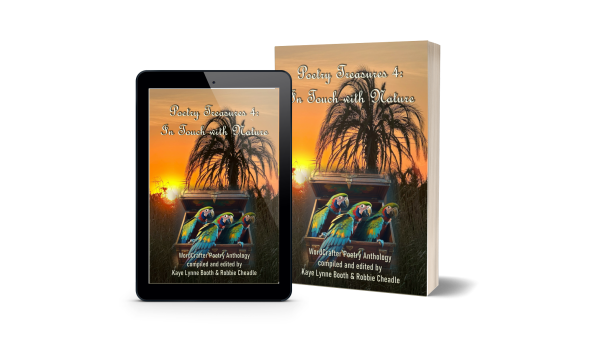
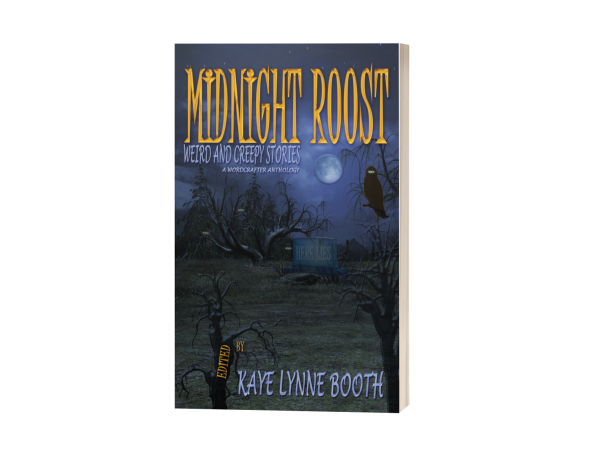



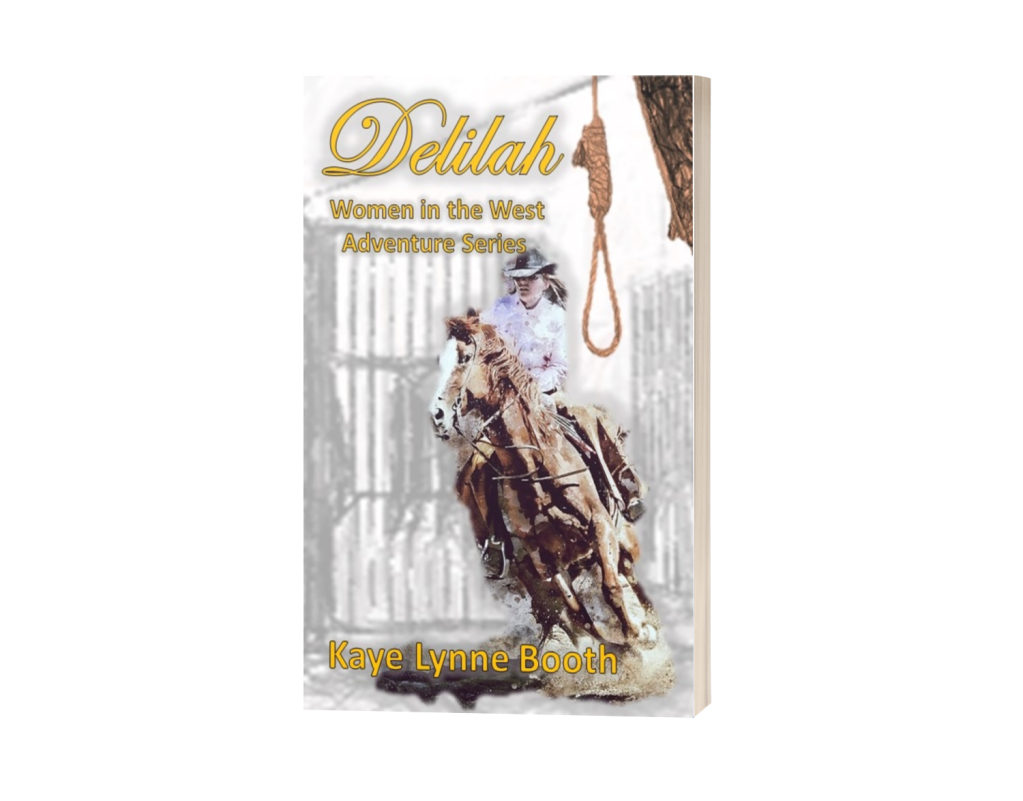
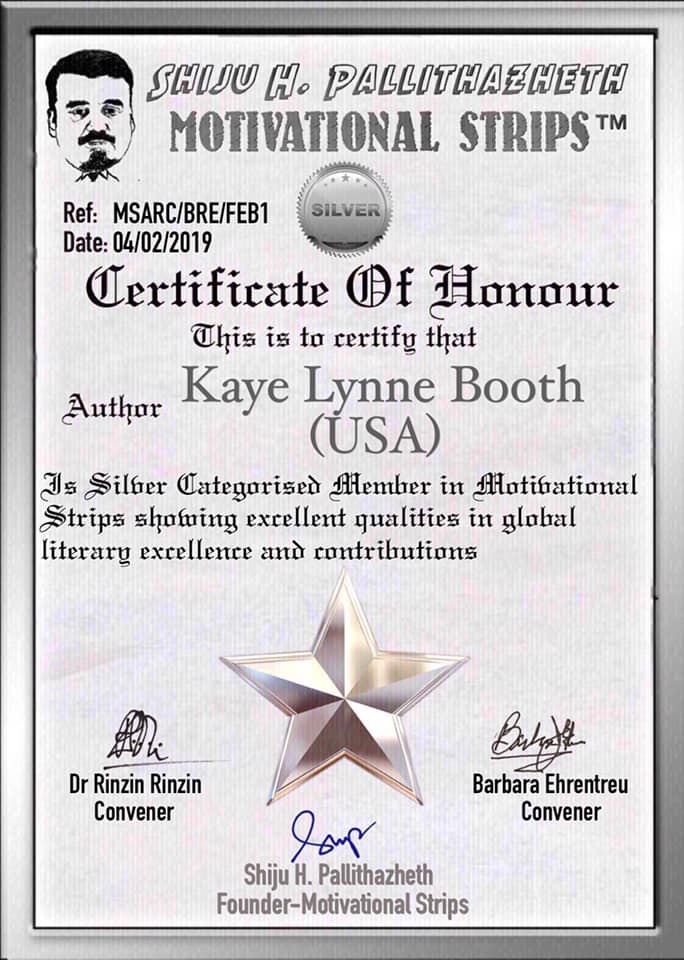
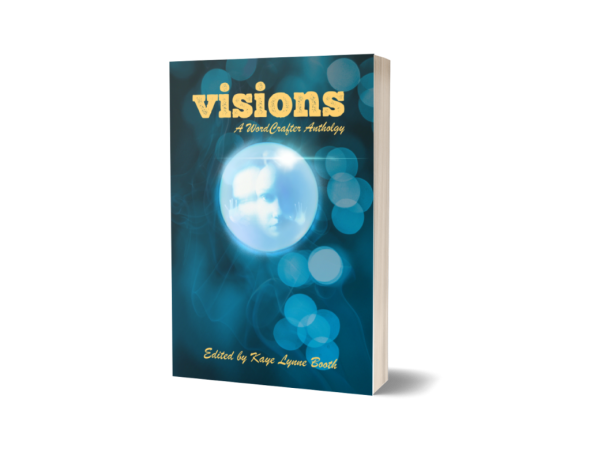


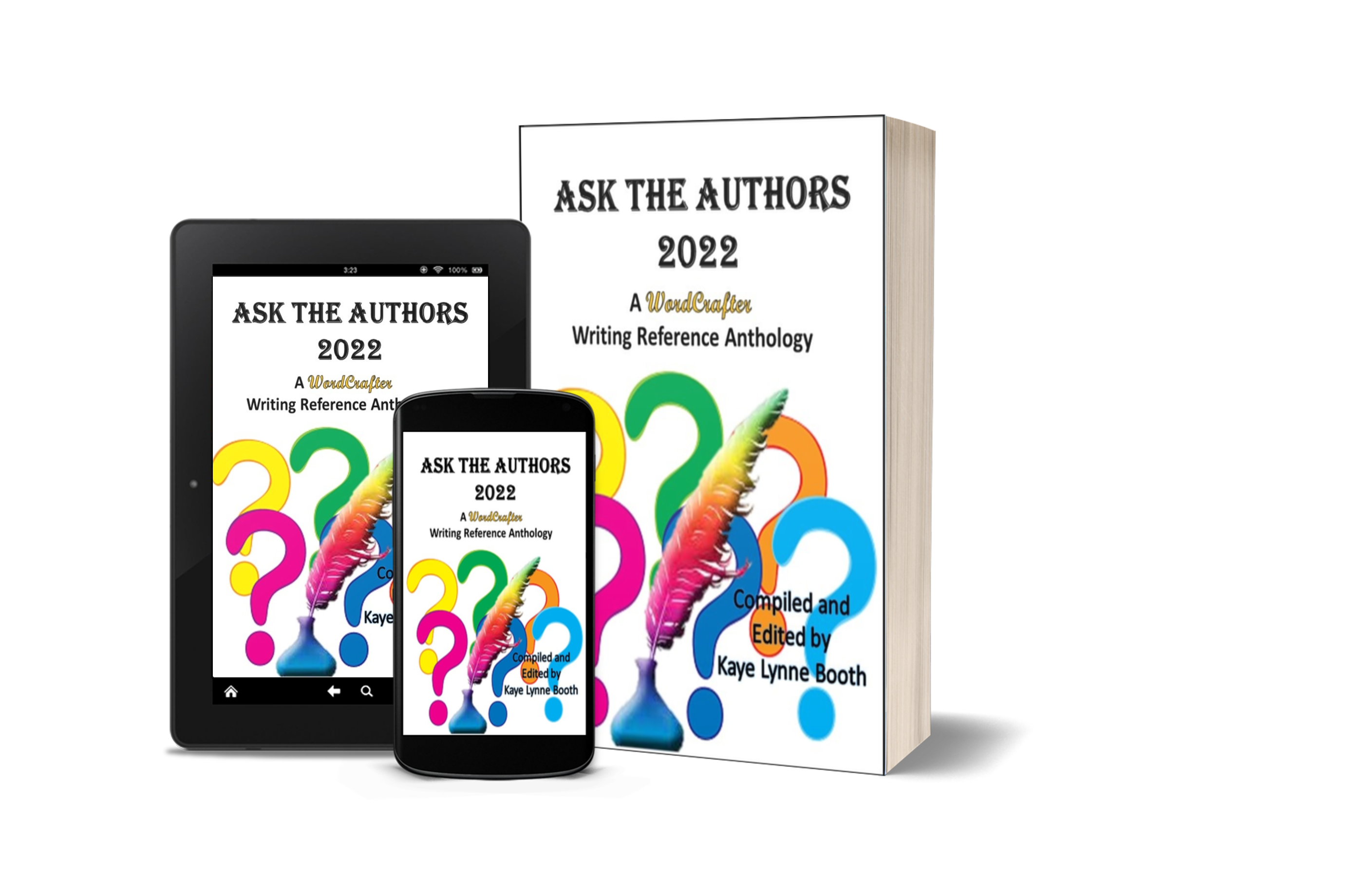
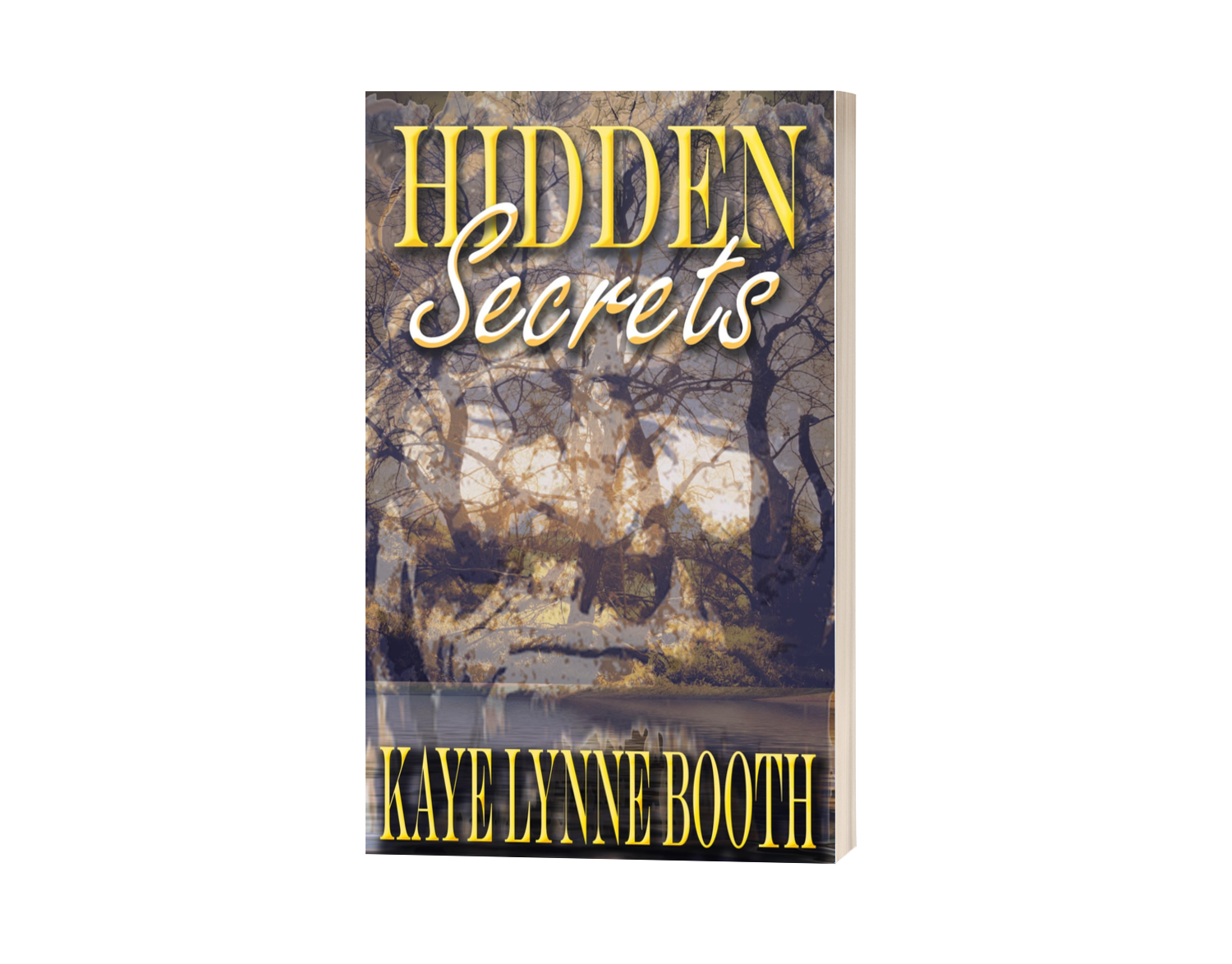
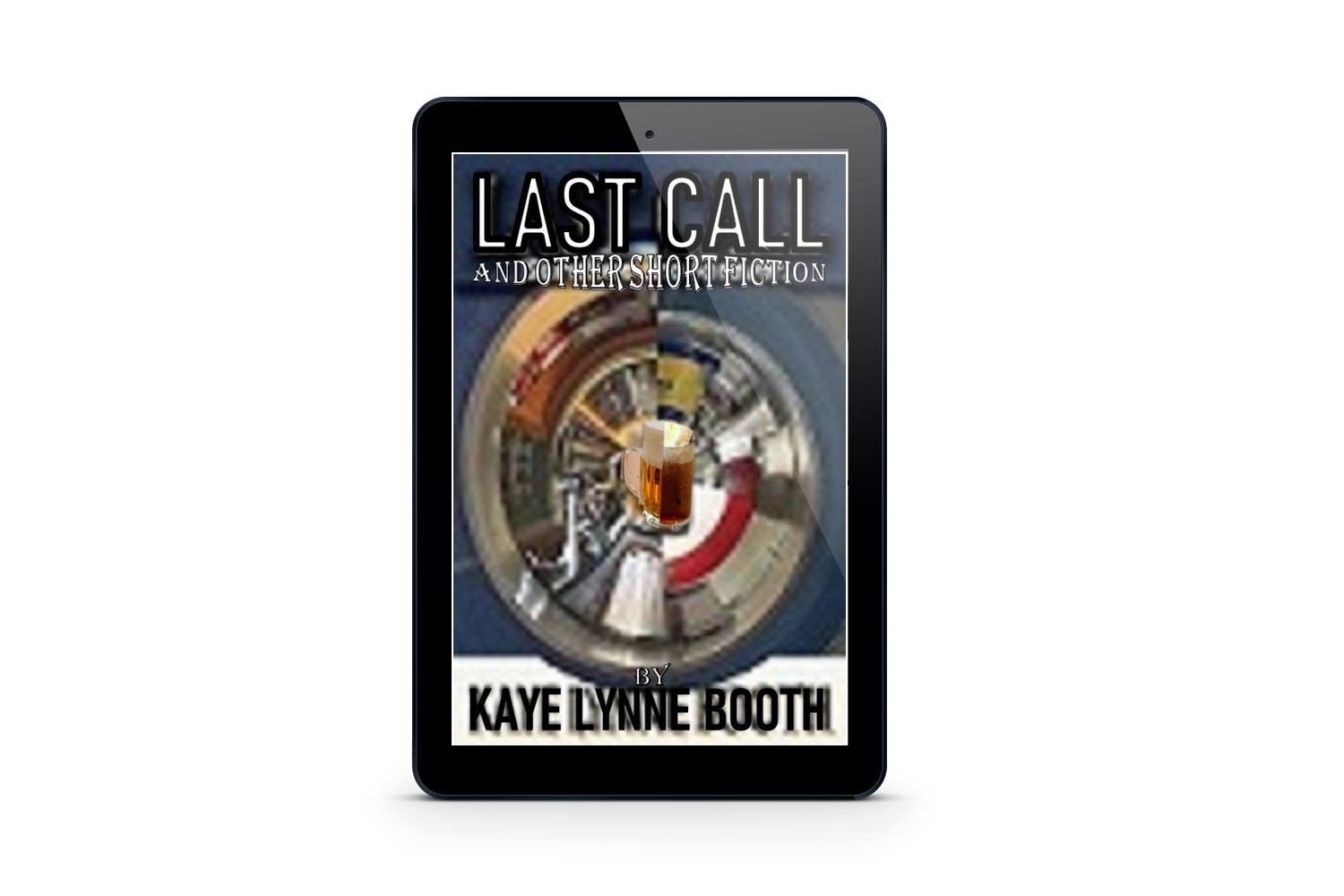
Hi Kaye, thank you for featuring me today. I enjoyed the responses to the question about what part of a book is the hardest to write,. I also find the entire project a challenge and it is encouraging to know other writers feel the same.
LikeLiked by 1 person
Hi Robbie. So glad to have you as a part of this project. 🙂
If authors only come away with one thing from this book, it should be that there is no one way, no right or wrong, to writing – just what works for you. But other authors often have some great ideas which can be helpful, which is how the idea for this project was conceived.
LikeLike
[…] Continue reading here: https://writingtoberead.com/2022/05/21/ask-the-authors-2022-book-blog-series-plot-storyline/ […]
LikeLiked by 1 person
I enjoyed the variation in the responses.
LikeLiked by 1 person
Hi Liz, I enjoyed the variety of answers too. I learned some new things.
LikeLiked by 2 people
Thanks for reading and commenting, Liz. Glad to know that you enjoyed it. 😊
LikeLiked by 1 person
You’re welcome, Kaye Lynne.
LikeLiked by 1 person
Good discussion! It was fun to see the similarities and differences between the different authors’ answers.
LikeLiked by 2 people
HI Priscilla, I gleaned quite a few new ideas from the various responses in this book. It’s a great idea.
LikeLiked by 1 person
Thanks, Robbie. 😘
LikeLiked by 1 person
I am glad that you enjoyed it, Priscilla. It is fun to see how others do things. Hopefully, it will spark ideas which will work for others. Thanks for joining in.🤓
LikeLike
Love the setup of this Q&A, with several authors giving their opinions.
LikeLiked by 2 people
HI Jacqui, I like it too and I’ve learned from the answers.
LikeLiked by 2 people
Thanks, Jacqui. I’m glad you’ve enjoyed it. Since we all do things differently, that was the inspiration for both book and blog series, to help authors find what works for them. There are many ideas and opinions offered. Thanks for your comments. 😊
LikeLiked by 1 person
Great discussion, Robbie! Thanks for sharing.
LikeLiked by 2 people
Hi Bette, I’m glad you enjoyed this post.
LikeLiked by 2 people
Enjoyed seeing the similarities and differences each author incorporates to create their stories- interesting interviews!
LikeLiked by 2 people
Thank you, Jacquie. I’m glad you enjoyed them. These interviews were a lot of fun to put together. I’m sure you’d enjoy the book, as well, with it’s additional essays.
LikeLiked by 2 people
Hi Jacquie, seeing several responses by different authors to the same question is very interesting. It also opens up doors to new ideas and thinking in our own minds.
LikeLiked by 2 people
I really enjoyed reading the different responses. Very clever approach! There really isn’t just one answer. 😊
LikeLiked by 2 people
Exactly, Gwen. Each author needs to find the right approach for themselves. Thanks for your comments.😊
LikeLiked by 1 person
HI Gwen, that is exactly right, everyone has there own approach. Thanks for visiting.
LikeLiked by 1 person
Interesting and thoughtful responses to the questions. Thanks for sharing, Kaye Lynne!
LikeLiked by 2 people
I’m pleased to be able to share these excerpts and this valuable writing reference, Jan. Thanks for visiting. 🙂
LikeLike
Hi Jan, I am pleased you enjoyed the variety of responses.
LikeLiked by 1 person
I enjoy posts like these because they reinforce the idea that we all have to find a process that works for us.
LikeLiked by 2 people
I have to agree, Pete. Thanks for reading and commenting. 🙂
LikeLiked by 1 person
Hi Pete, that is exactly right. When I first started writing I didn’t want my own style to be influenced by other people and their advice, so I didn’t read any articles like this. Now, I feel I have learned how to take advice and implement it without losing my own style. It is due to increased confidence and progression in my own abilities. I have learned a huge amount from other writers.
LikeLiked by 2 people
It’s so interesting to see different the approaches to the same problem. There is always more than one way to do something. (K)
LikeLiked by 2 people
Indeed there is, and these Q & As illustrate that well, Kerfe. Thanks for reading and commenting. 🙂
LikeLiked by 2 people
HI Kerfe, you are exactly right about that.
LikeLiked by 2 people
Great interview. I love the questions and the different responses from the contributing authors.
LikeLiked by 2 people
Thanks for visiting, Miriam. Glad you liked my my choice of questions. 😊
LikeLike
HI Miriam, it is lovely to see you. I also enjoy the variety of responses and have gleaned some useful information from these sorts of books and articles.
LikeLiked by 1 person
I like the resourceful articles, Robbie.
LikeLiked by 1 person
Great interview! I enjoyed reading the different perspectives, and especially, learning Robbie’s method of creating her fabulous stories.
LikeLiked by 2 people
So glad to know you enjoyed it, Lauren. It’s fun to take a look at the many different ways of doing things. 🙂
LikeLiked by 1 person
Hi Lauren, thank you. I am delighted you enjoyed this post.
LikeLiked by 2 people
Reblogged this on NEW BLOG HERE >> https:/BOOKS.ESLARN-NET.DE.
LikeLiked by 2 people
Thank you, Michael
LikeLiked by 2 people
Thank you for sharing, Michael.😊
LikeLike
What an interesting set of responses! I can’t say that I agree with all of them, and I certainly wouldn’t take everyone’s advice, but it does go to show how different authors are from one another, and how genre impacts writing choices. This was fun to read. A great idea for a collection.
LikeLiked by 2 people
Thanks for reading and commenting, Diana. It was a fun project, and I hope it offers a little something for everyone. 🙂
LikeLiked by 2 people
It sounds like a fascinating read. I loved all the different opinions. 🙂
LikeLiked by 2 people
Hi Diana, thank you for your comment. I to am selective about the advice I take but I am, and always have been, a non-conformist.
LikeLiked by 2 people
Ha. I actually agreed with everything you wrote, Robbie. I think the more knowledge a writer has of the craft, the more skilled they will be at knowing when they should follow the rules and when they can break them. I think you have that down.
LikeLiked by 2 people
😊
LikeLiked by 2 people
[…] Segment 3: Introduction for Roberta Eaton Cheadle – Plot/Storyline Q & A session […]
LikeLiked by 1 person
[…] Segment 3: Introduction for Roberta Eaton Cheadle/Plot & Storyline Q & A session […]
LikeLiked by 1 person
[…] Segment 3: Introduction for Roberta Eaton Cheadle/Plot & Storyline Q & A session […]
LikeLiked by 1 person
[…] Segment 3: Introduction for Roberta Eaton Cheadle/Plot & Storyline Q & A session […]
LikeLiked by 1 person
[…] Segment 3: Introduction for Roberta Eaton Cheadle/Plot & Storyline Q & A session. […]
LikeLike
[…] Segment 3: Introduction for Roberta Eaton Cheadle/Plot & Storyline Q & A session […]
LikeLiked by 1 person
Thank you for putting this out there. I agree with your opinion and I hope more people would come to agree with this as well.
LikeLiked by 1 person
I am glad you found it useful. The book is on sale until tomorrow, if you’d like to find more great advice from these authors.
LikeLike
[…] Segment 3: Introduction for Roberta Eaton Cheadle/Plot & Storyline Q & A session. […]
LikeLike